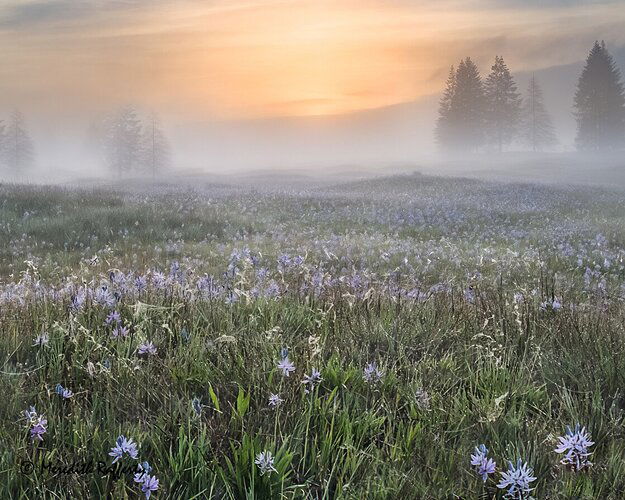Image Description
The Puget Sound Prairies are a surprise to many because the Pacific NW is associated with evergreen trees. I wanted to share their beautiful existence in early May during the Camas bloom. This sunrise shot with fog was challenging for me to take and to edit. I am drawn to extreme light conditions and am always learning how to accommodate bright light and good exposure of the darker foreground in the same photo. I wanted to convey a moment of early morning peace and beauty.
Type of Critique Requested
-
Aesthetic: Feedback on the overall visual appeal of the image, including its color, lighting, cropping, and composition.
-
Conceptual: Feedback on the message and story conveyed by the image.
-
Emotional: Feedback on the emotional impact and artistic value of the image.
-
Technical: Feedback on the technical aspects of the image, such as exposure, color, focus and reproduction of colors and details, post-processing, and print quality.
Specific Feedback and Self-Critique
Please see the Image Description.
- Tips on taking images with bright skies and dark foregrounds like sunrise images, to yield exposures for editing that will print well.
- Was my editing of the fog effective?
- Is this image still too dark overall for successful printing? Would printing on canvas be a better treatment? I rarely print.
Technical Details
I use Fuji equipment; this four year old image was taken with earlier equipment: Fuji Xt-2, 18-55mm lens at 18mm, ISO 200, f/8.0, 1/80 sec on tripod. Topaz Sharpen AI, Lightroom Classic


